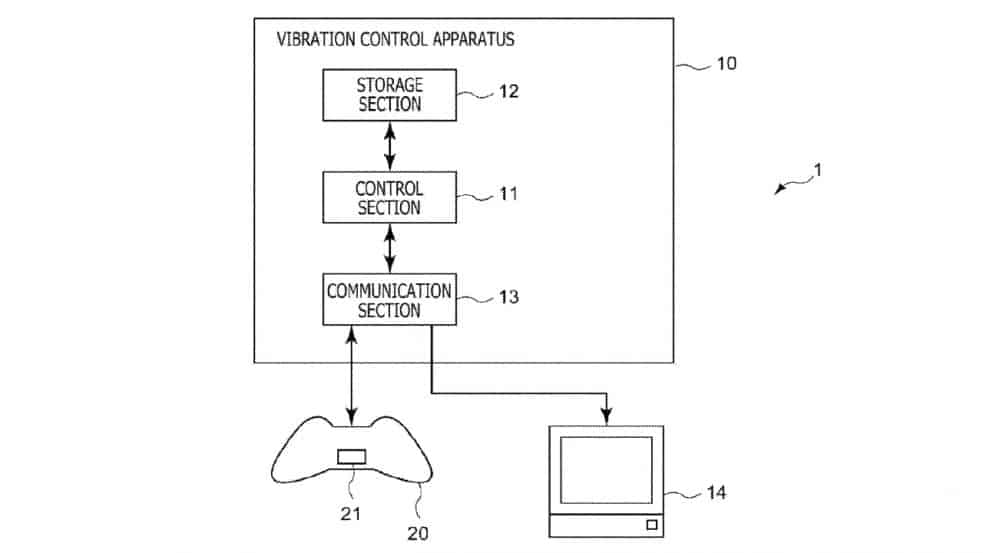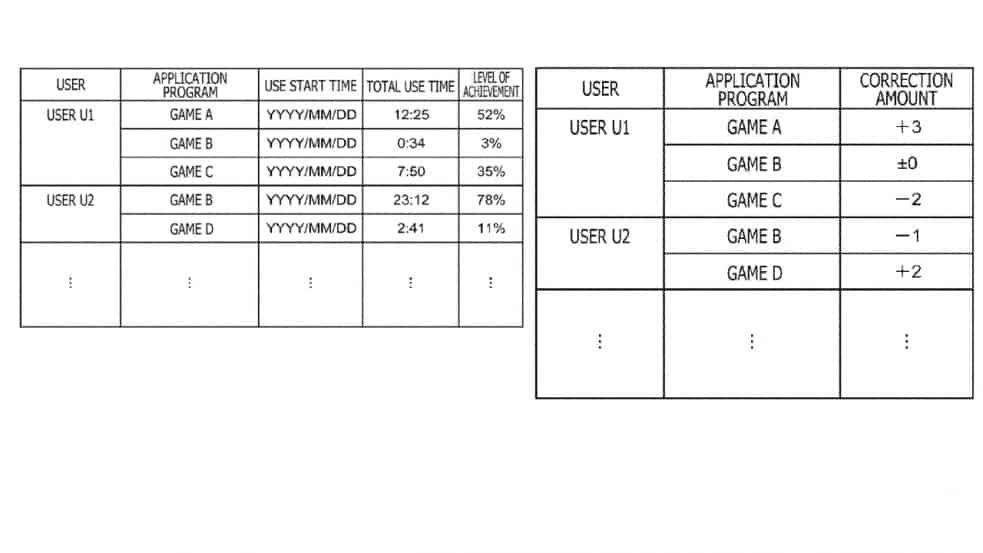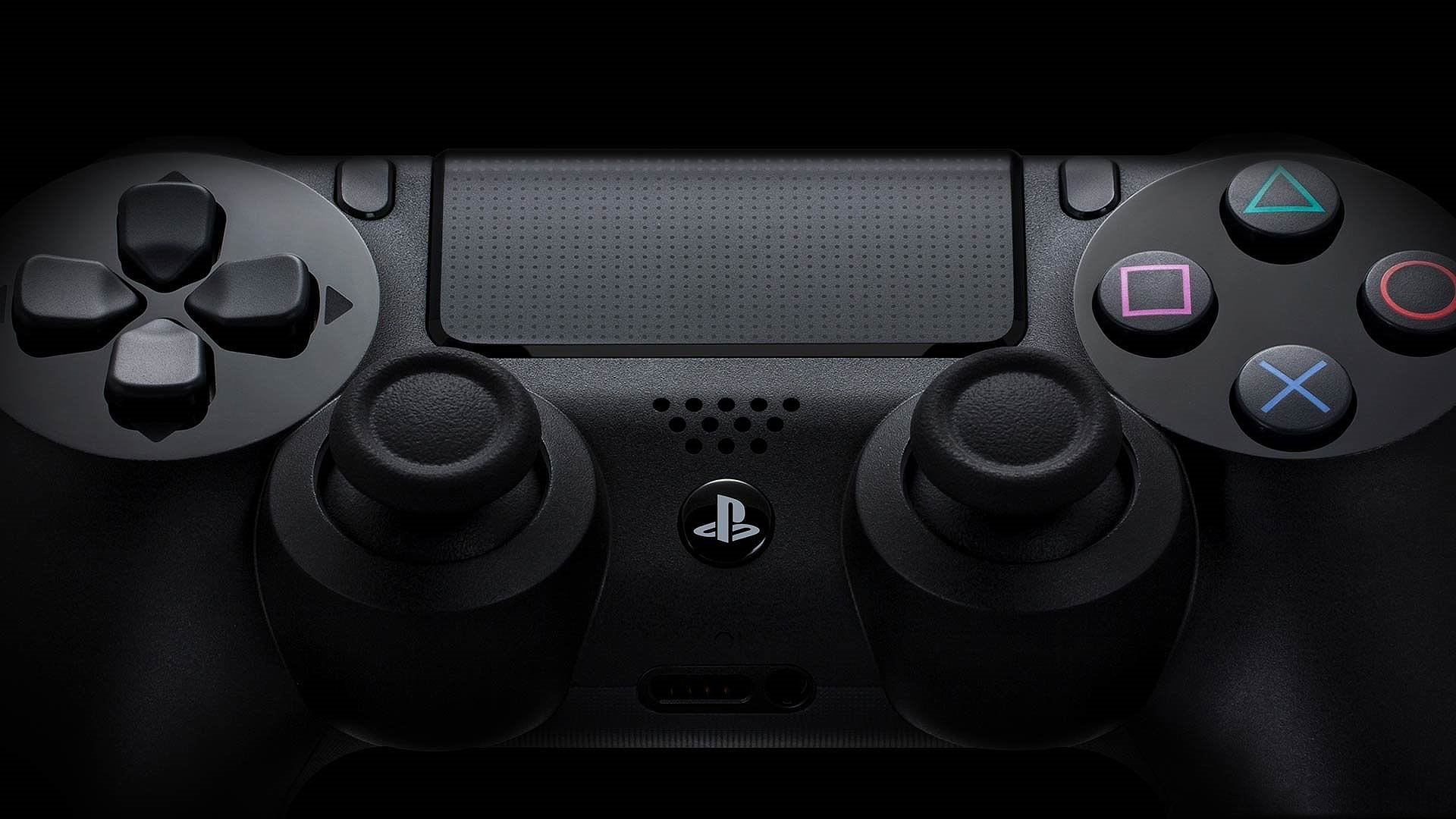Sony has already announced that the new DualShock 5 controller will feature an evolved form of haptic feedback for a next-generation experience. Highly programmable voice-coil actuators will replace the conventional rumbling motor in both the left and right grips that will in turn respond to every in-game action. What Sony has refrained from clarifying is just how that will function.
According to a recently granted patent, DualShock 5 will have a “vibration control apparatus” that will communicate with a “vibration control section” to vary the vibrational levels for each game or in-game action. Take note that the older controllers also featured varying levels of vibration. DualShock 5 will take a step forward with additional levels of intensity. Hence, developers will have more freedom to play around with haptic feedback on the next-generation controller.
A method of controlling a vibration device according to the present invention, includes: a step of receving a vibration instructon; and a vibration control step of vibrating the vibration device in accordance with content obtained by correcting the content of the received vibration instructions, in which the vibration control step, the correction content is determined in accordance with a user using the vibration device.

Sony will also allow players to choose for themselves the level of vibrational intensity that they want in each game. This option has never been there in the past. Sony has only ever allowed to either enable or disable haptic feedback, where players have often opted for the latter to save their battery charge. DualShock 5, however, will have several levels of vibration and players will be able to, for example, choose the bare minimum to keep their battery levels intact while enjoying in-game feedback at the same time.
In addition, the custom haptic feedback levels set by players will be remembered by DualShock 5 for each game. Hence, players will not have to manually set the levels every time they start the same game.
The vibration device generates vibration of the strength or frequency appropriate to the content of the vibration instruction by operating the vibration mechanism on the basis of the control command. Thereby, a body of the vibration device can be vibrated in accordance with conditions of a game executed by the application according to the present embodiment and vibration thereof can be presented to the user.

The new and improved haptic feedback is just one part of the equation. DualShock 5 will also feature adaptive triggers that developers can program to offer varying levels of resistance. Hence, when players press the new triggers, they will be able to differentiate between various in-game actions like pulling an arrow or firing a machine gun.
These adaptive triggers, based on a report, will possibly be using magnetic fluid that can either soften or harden the nanoparticles inside. The game will simply signal the fluid in the controller to adjust the tension of the adaptive triggers based on whatever in-game action.
